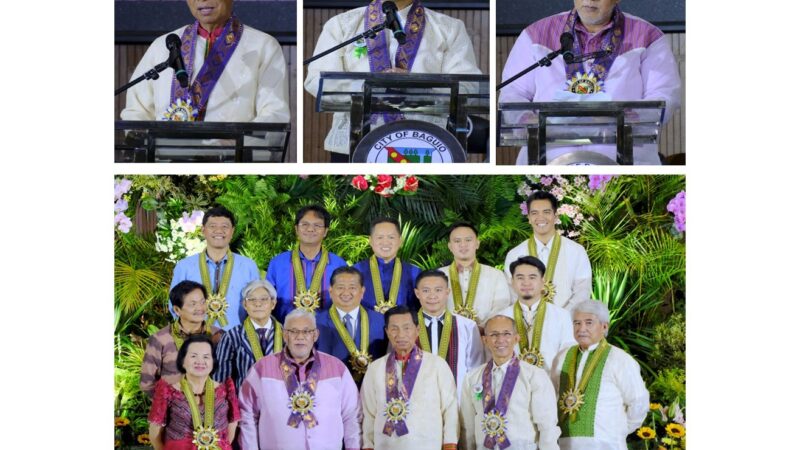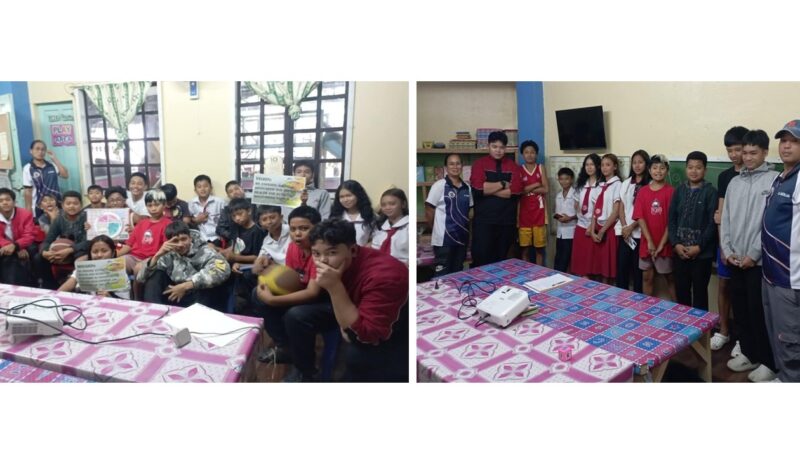Baguio pitches for disaster-resilient city initiative

Members of the City Disaster Risk Reduction and Management Council convened for a strategic planning session to update the Summer Capital’s Local Disaster Risk Reduction and Management Plan (LDRRMP) in an aim to meet global standards on disaster resiliency.
CDRRMC officer-in-charge Antonette Anaban said the updating of the LDRRMP is to ensure that all plans, projects and activities on disaster resiliency are aligned to national and international policies particularly the United Nations Sustainable Development Goals, the Sendai Framework for Disaster Risk Reduction, and the International Council for Local Environmental Initiatives (ICLEI).
Recently, Baguio City along with Ormoc City were invited by the United Nations Office for Disaster Risk Reduction for peer-to-peer training in South Korea as both local government units committed to reduce climate risks and become the next Resilience Hub in the Asia Pacific under the Making Cities Resilient 2030 (MCR2030) initiative.
Incheon City in South Korea was the first to be declared a disaster-resilient city followed by Makati City in the Philippines for their risk governance and technological innovations introduced in dealing with disaster and resilience.
Anaban said, for Baguio to become the next Resilience Hub, the city government needs to review the LDRRMP and assess the plans, projects and activities (PPAs) of the city government listed under the Annual Investment Plan (AIP) to ensure a safer, adaptive and resilient Baguio City towards sustainable development.
In the proposed 2023 AIP, the city government has identified six PPAs on disaster prevention and mitigation; 25 on disaster preparedness; 23 on disaster rehabilitation and recovery; and, five on disaster response.
Anaban said the CDRRMC needs to immediately draft the city’s roadmap towards resiliency journal and integrate the existing DRRM plan to the MCR’s ten essential score points.
The ten-point disaster-resilience scorecard will be used by the UNDRR for the preliminary level assessment where the LGU will have to self-assess existing plans and programs backed by data and documentation.
After passing the primary assessment, a more stringent scorecard will be used to monitor and review progress and challenges in the implementation of plans and projects on disaster resilience.
As a Resilience Hub, local government units are committed to implementing a three-year action plan to further strengthen resilience towards disaster risk reduction. – JMPS




